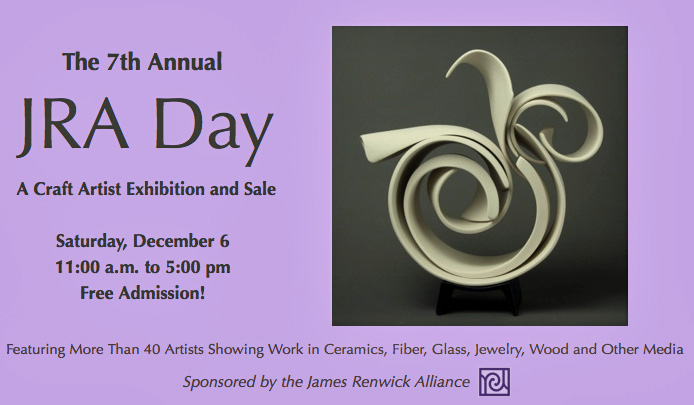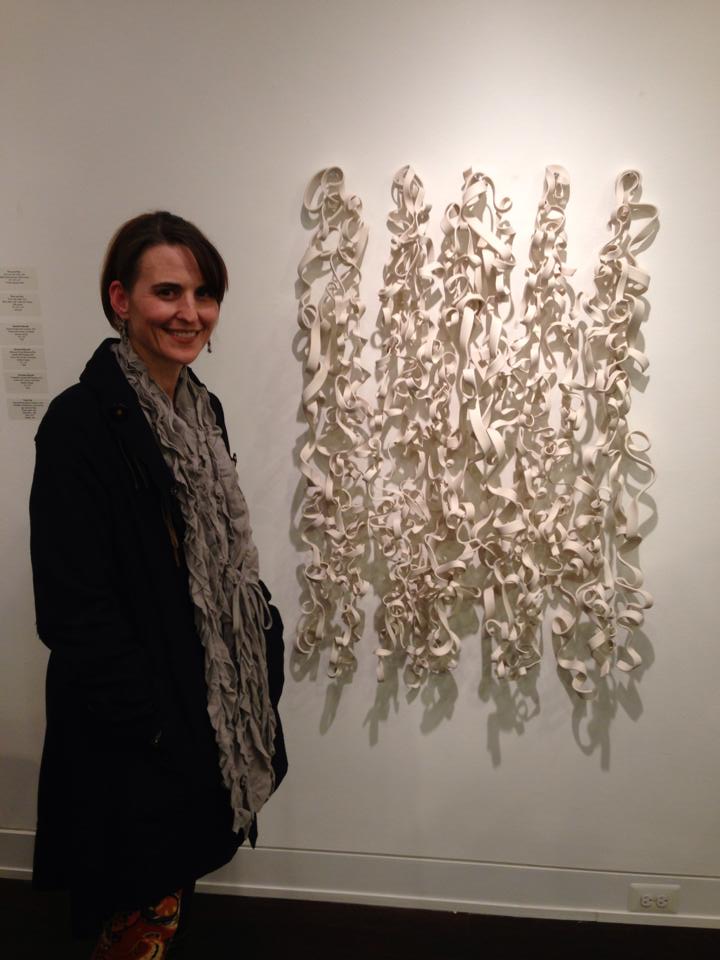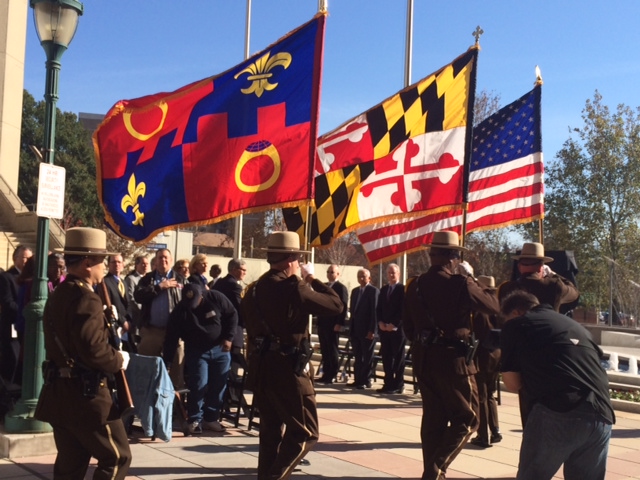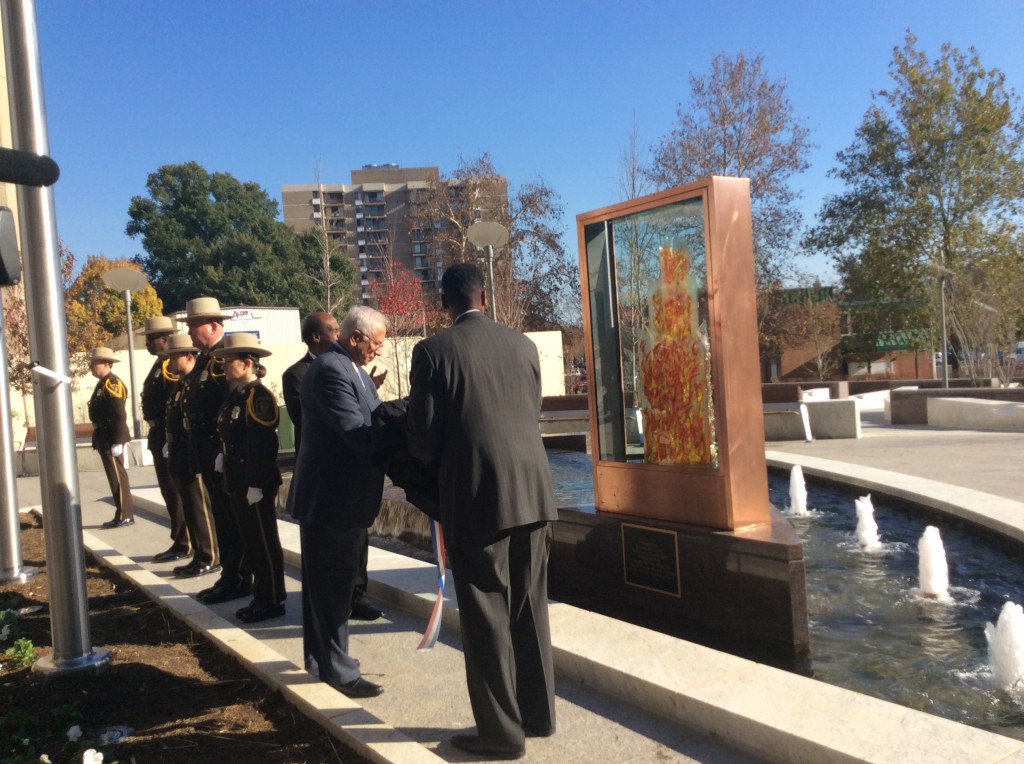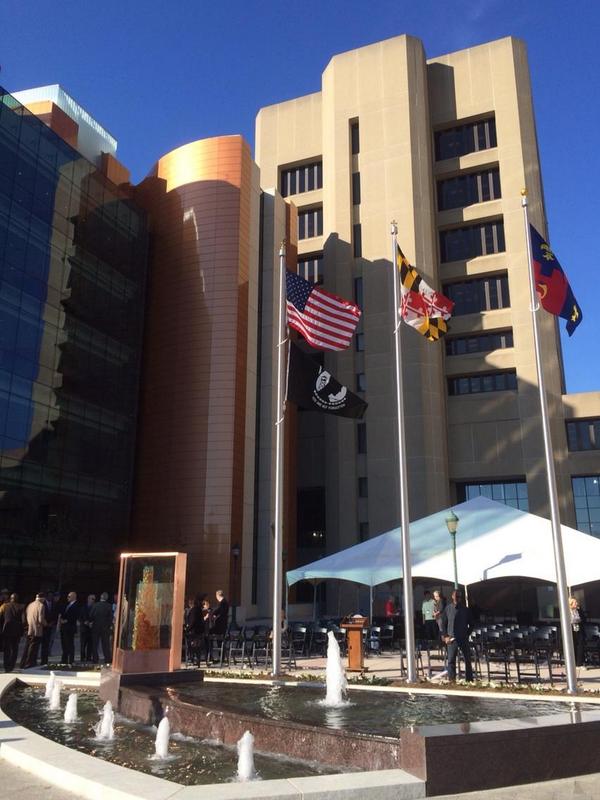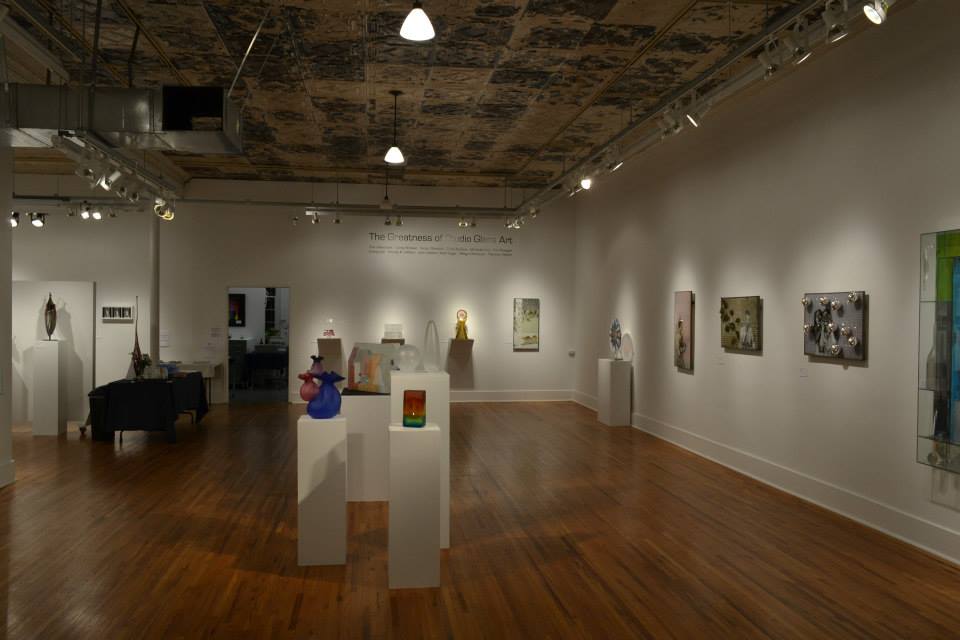Washington Glass School Director/Mixed Media Sculptor Tim Tate never seems to be at a loss for words – yet he does have his moments where important things were left unsaid. Tim sent this letter looking for a second chance to say what he wants all to know about how Penland School of Crafts changed his art, his work and his life :
What I Meant To Say At Penland by Tim Tate
This last week I gave a very short presentation of my current work during the board meeting at Penland. It was among my worst presentations ever. Here’s why.
For one thing, I have been making an effort to speak more seriously about my work. I did not take into account how overwhelmingly emotional this place was for me. I started to choke up before I even began, then could barely choke out 20 disjointed sentences during my short slides lest I completely lose it. I garbled out something about wanting to tell stories. (dear god).
Throw in my complete intimidation by being surrounded by such accomplished artists and board members…all of who seemed to have amazing academic training. It was a hot mess…
Here’s what I meant to say:
I am an artist who did not come to art through academics. While I yearned to go to Cranbrook as a young man, my parents had neither the resources or interest in sending me there. I sought another profession. Only years later did I see the path of artists retreats like Penland. Finally a path within my control. Thus began my educational journey which took me to Penland 20 times, also Corning, Haystack and Penland….always searching for a kiln forming or non-vessel related class.
Even though I did not come out of the studio glass system, I still loved glass with all my heart. For 10 years I took every free moment, every vacation day to attend these artist retreats. In effect, I created my own curriculum for an unsupervised MFA. After that I thought I had enough of a voice to step out as a full time artist, and haven’t looked back since.
I meant to say that my overall work has meaning. I meant to say that I see my pieces as self-contained video installations.
Blending a traditional craft with new media technology gives me the framework in which I fit my artistic narrative. Contemporary, yet with the aesthetic of Victorian techno-fetishism. Revelation —, and in some cases self-revelation, — is the underlying theme of my electronic reliquaries and baroque cast frames.
My interactive pieces can be seen as disturbing because the images that stare back from the video screen prompts a variety of responses: amusement, discomfort, embarrassment, something akin to the feeling you have when someone catches you looking at your own reflection in a store window as you walk by.
But the important revelations here are in the viewer’s response to my hybrid art form and its conceptual nature. I try to bare everything — the guts of my materials and my inner thoughts — in deceptively simple narrative videos set into specimen jars or ultra-Victorian cast glass picture frames. Nothing is random, all elements are thought out.
I meant to say that to me, these works are phylacteries of sorts, the transparent reliquaries in which bits of saints’ bones or hair — relics — are displayed. In many cultures and religions, relics are believed to have healing powers. My relics are temporal, sounds and moving images formally enshrined, encapsulating experiences like cultural specimens. And perhaps, to the contemporary soul, they are no less reliquaries than those containing the bones of a saint.
With technology rapidly changing the way we perceive art, the current day contemporary landscape closely mirrors Victorian times in the arts. We marvel at and invent bridges between past and present in an effort to define our time and make sense of this highly transitory moment in artistic history.
I meant to say that an artist can make it without going through the academic system. That a strong voice and hard work can count just as much. This has been taken so frequently as disrespect towards MFA programs and studio glass. They tend to shout down those that are not vetted with their peers. I had great respect for them, I just chose my own path. The path of using the artist retreats as my personal MFA program.
I had a bias. My bias was towards extremely narrative work. Not nearly as plentiful then as now. I sought out those classes which would help me in that effort. I wonder if I would have stayed on this path if I had been accepted into an academic program. We’ll never know.
I wanted to say to all the new core and resident artists that I was blown away by their mature work. I wanted to say…..just keep making work. No matter what, just keep making. You are only 1000 pieces away from your goal…..get started! My premise is that an artist who makes a living from his art work will continually evaluate his work, will grow quickly with each new piece. That the working artist approach produces very good work if you put the time and energy into it.
I meant to say that I lived half my life feeling invisible. I had always had to leave DC because there was little glass for me to work on here. My life happened away from where I lived. Then I realized something. When no one saw me….Penland always did. When my own family didn’t see me, Penland did. When other local artists couldn’t see my work, Penland did. When my friends and even my partners could not see me…Penland did. Penland saw a young man who was completely dedicated to moving his art forward. Penland will also give respect to any artist who is dedicated to his craft and vision. They will always see you. That is the environment that everyone sitting in that room was surrounded by. Not just a place, but the best support system that any artist may ever know.
That’s what I meant to say. That is what I will say now.
Tim Tate
